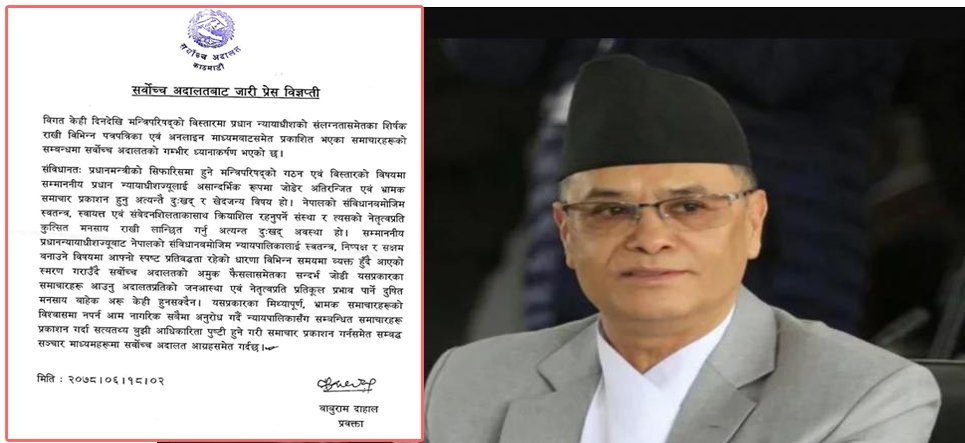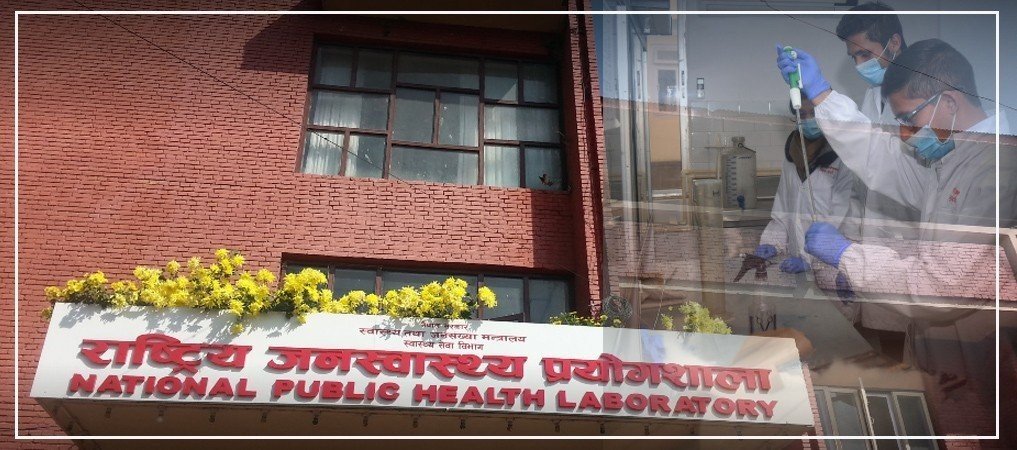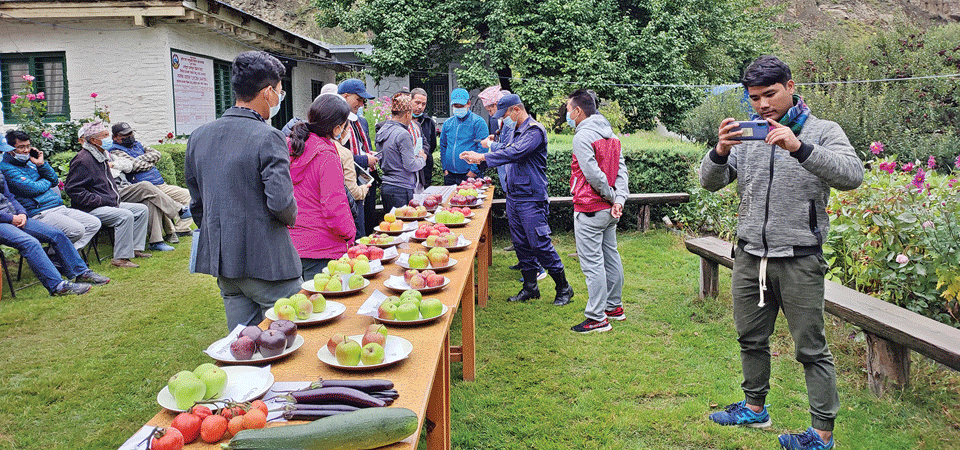Exploring Vardzia, Georgia's mysterious rock-hewed cave city

By Melanie Hamilton, Vardzia, Georgia, Nov. 29 (CNN) — From 3,000-year-old Uplistikhe to the 6th century David Gareja Monastery and the long-forgotten dwellings of Samshvilde, all of Georgia's cave sites are awe-inspiring. But none prevail quite like Vardzia.
Scattered across the slopes of Erusheti, looming over a lush valley scored by the Kura river, Vardzia is Georgia's most remarkable cave city.
In its day, the rock-hewed burg consisted of 6,000 rooms spread across 19 levels, including 25 wine cellars, a nunnery, 15 chapels and an apothecary, all coming together to create a vibrant medieval city and monastery.
Secret escape tunnels, confusing dead ends
First conceived and constructed as a fort in the 12th century under the reign of King Giorgi III, it was his daughter who really brought it to fruition. Under her watchful eye, an elaborate series of caves and chambers was chiselled deep into the belly of Erusheti, among them a secret escape tunnel and a tangle of dead-end halls to confuse enemies.
Over the years, it quickly evolved from a modest fortress into a sprawling monastery, cultural centre and offensive stronghold. Vardzia was home to some 2,000 monks, housed tens of thousands of residents and, thanks to fertile terraces and a complex irrigation system, was a self-sustaining city before that was even a thing.
At the helm of it all was Tamar the Great, a legendary monarch so fierce and powerful she earned the title of the king -- Tamar Mepe. Over her near 30-year reign -- twice married and a woman no less -- Georgia thrived politically and territorially, her rule stretching across the Greater Caucasus and plunging south between modern-day Ganja and Erzurum.

Vardzia was once home to 2,000 monks. Around 500 caves still remain. Melanie Hamilton
Literature and art flourished like never before, giving way to some of Georgia's greatest figures. Namely, Shota Rustaveli, a medieval poet whose unrequited love for Tamar and the epic poem "Knight in the Panther's Skin" solidified his place in history and earned him an avenue in just about every city in the country.
However prosperous, Vardzia's success was relatively short-lived. In the year 1283, an earthquake shook the region, wrecking more than 70% of the city and shedding the outer wall in an avalanche of biblical proportions. Left without a solid defence, most of Vardzia packed up and left, leaving behind only the steadfast monks.
The monastic community held on for another 300 years until further raids wiped them out.
More than 800 years after the reign of King Tamar, a handful of monks still tend to Vardzia, having returned after the collapse of the Soviet Union.
Around 500 caves remain, including an apothecary with its carefully carved shelving intact and wine cellars with qvevris (ancient winemaking vessels) still embedded below as if no time has passed at all.
Even further into the mountain are the labyrinth of untouched tunnels -- some more than 600-feet long -- connecting it all together in an ancient web.

A former dining hall inside Vardzia. Melanie Hamitlon
Even the time-worn dining hall with its stone sculpted benches and hearth for baking prevail.
The most distinctive structure you'll come across is the massive bell tower jutting out from the top of a rock shelf. It retains most of its original glory, though you'll notice one very important missing piece that was taken during a Mongol raid -- the bell.
Most impressive is the Church of the Dormition with its double-arched, the bell hung portico impossibly carved into the mountain face. Inside are spectacularly weathered frescoes including one of just four in the existence of King Tamar.
Visitors will want to go on a hunt for the Tears of Queen Tamar, a natural spring hidden deep within the tunnels where you'll find a pool seemingly filled with water pouring -- or crying -- from the rocks above it.
Beyond Vardzia
The surroundings have quite a lot on offer too. Opposite Vardzia is the Vardzia Cavetown Viewpoint. As the name suggests, it's an excellent stop off to take it all in from afar.
Then, there's the lesser-known Vanis Kvabebi (Vani Caves) a stone carved monastery just a 10-minute drive from Vardzia.
Predating the site by a few hundred years, Vanis Kvabebi is nearly as impressive as Vardzia itself. Eager climbers can scale the ruins through a series of wooden ladders that lead to a tiny white-domed church, and enjoy sweeping views of the valley.
Not far from Vanis Kvabebi is Tmogvi Fortress. Teetering high above the river, it's a massive sprawl of ruins made up of a long-forgotten citadel, tarnished frescoes and crumbling towers.
En route back to Tbilisi, you'll come to a forked road marked by Khertvisi Fortress -- a medieval castle outstretched atop a rocky outcrop. A turn right will take you towards Armenia and deeper into Samtskhe-Javakheti.

Khertvisi Fortress is a medieval castle outstretched atop a rocky outcrop. Melanie Hamilton
Vardzia is situated in Samtskhe-Javakheti, a region in southern Georgia flanked by Turkey and Armenia with a vibrant tapestry of culture, landscape and cuisine. In the northern half of the region, you'll find Borjomi -- a densely forested spa town known for its heal-all springs and bottled mineral water that remedies even the worst hangovers, according to local legend.
And then there's Akhaltsikhe, a quiet little city dominated by Rabati Castle, a medieval fortress and symbol of diversity crowned with a mosque, a synagogue and an orthodox church.
Tucked away in the southeastern corner of the region you'll find Paravani Lake. The largest lake in Georgia, it's surrounded by volcanic mountains, and wild, windswept terrain. On its southern shores sits Poka, a hamlet home to St. Nino Nunnery, a humble convent closely tied to the legend of St. Nino, a woman who brought Christianity to Georgia making it the second nation in the world to convert after neighbouring Armenia.
On the grounds, you'll also find a small shop run by the nuns who prepare artisanal chocolates, traditional cheeses and even beer made in qvevri.
The region is shaped as much by its culinary traditions as it is cultural landmarks. Thanks to the influence of several cultures over the centuries, Samtskhe-Javakheti offers a whole gamut of delicious food.
High in the hills rolling out from Akhaltsikhe lies Andriatsminda, a tiny village where a few local families have preserved the laborious tradition of tenili, a cheese native to the region known for its angel hair texture.
Thought to be leftover from the presence of French priests in the region, you'll also find lokokina (snails) meant to be enjoyed as a juicy filling for khinkali (dumplings), or plated escargot style.
Other delights include apokhti khinkali made with dried meats such as goose, Meskhuri shoti (Meskhetian bread) and a longtime favourite of the region tatarberaki -- delicate squares of boiled dough smothered in a rich sauce of garlic, onion, butter and yogurt.
Getting there
Just a smidge over four hours from Tbilisi, a drive through the dense woods of Borjomi and fortress-gilded Akhalstikhe will land you in Vardzia.
Opt for one of the many eager drivers perched on Freedom Square, or get behind the wheel with a rental. While there are plenty of drivers happy to make a day trip, the area is best explored over a couple of nights so that you can really soak it all in.
Recent News

Do not make expressions casting dout on election: EC
14 Apr, 2022
CM Bhatta says may New Year 2079 BS inspire positive thinking
14 Apr, 2022
Three new cases, 44 recoveries in 24 hours
14 Apr, 2022
689 climbers of 84 teams so far acquire permits for climbing various peaks this spring season
14 Apr, 2022
How the rising cost of living crisis is impacting Nepal
14 Apr, 2022
US military confirms an interstellar meteor collided with Earth
14 Apr, 2022
Valneva Covid vaccine approved for use in UK
14 Apr, 2022
Chair Prachanda highlights need of unity among Maoist, Communist forces
14 Apr, 2022
Ranbir Kapoor and Alia Bhatt: Bollywood toasts star couple on wedding
14 Apr, 2022
President Bhandari confers decorations (Photo Feature)
14 Apr, 2022











